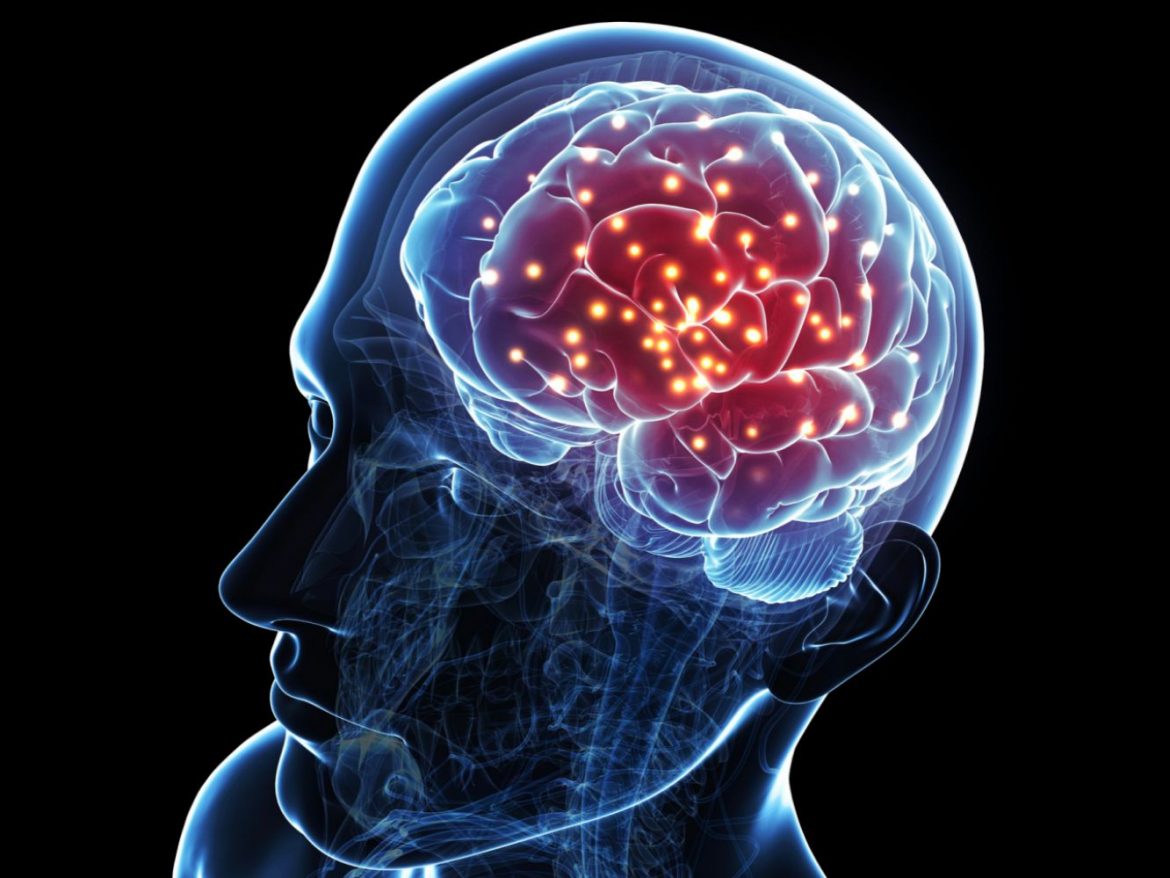A specially constructed odour delivery device, together with machine learning-based analysis of scalp-recorded electroencephalogram, according to the findings of a new study from the University of Tokyo. Researchers have been able to see when and where scents are processed in the brain thanks to this technology.
The study discovered that while odour information in the brain is unrelated to perception during the early stages of processing, unpleasant odours are processed more quickly than pleasant odours once perception occurs. Because smell perception issues might be an early indication of neurodegenerative illnesses, learning more about the neurological roots of odour perception could lead to a better understanding of those diseases in the future.
Does the aroma of a hot cup of coffee help you get your day off to a good start? Or do you find the strong, heady stuff too much to bear? According to new research, whether you think the smell of your morning beverage is nice or not may influence how quickly your brain absorbs it.
A group of researchers at the University of Tokyo developed a system that can distribute 10 different odours in a precise and timely manner. Participants were given the smells and asked to judge how pleasant they were while wearing noninvasive scalp-recorded electroencephalogram (EEG) caps, which capture brain activity.
For the first time, the team was able to interpret EEG data using machine learning-based computer analysis to see when and where a wide range of odours were processed in the brain with great temporal resolution.
“We were surprised that we could detect signals from presented odours from very early EEG responses, as early as 100 milliseconds after odour onset, suggesting that odour information is represented in the brain quickly,” said Mugihiko Kato, a doctoral student at the University of Tokyo’s Graduate School of Agricultural and Life Sciences.
The brain detected the scent before the individual could consciously perceive it, which took several hundred milliseconds.
“Our research revealed that diverse characteristics of perception, such as scent pleasantness, unpleasantness, and quality, come from separate spatial and temporal brain processing,” Kato stated.
“Unpleasantness was represented in the brain before pleasantness and perceived quality,” said Project Associate Professor Masako Okamoto of the Graduate School of Agricultural and Life Sciences. Participants’ brains were able to distinguish unpleasant aromas (such as rotting and rancid smells) from neutral or pleasant odours as early as 300 milliseconds after onset. However, pleasant odours (such as flowery and fruity aromas) were not represented in the brain until 500 milliseconds or later, at the same time as the odour’s quality was conveyed.
Significant regions of the brain involved in affective, semantic (language), and memory processing become most active between 600 and 850 milliseconds following smell onset.
The perception of unpleasant odours earlier in life may serve as an early warning system for future risks. Across sensory modalities, the way each sensory system engages the central nervous system differs (smell, light, sound, taste, pressure, and temperature). “Okamoto stated that when and where olfactory (smell) perception arises in the brain aids our understanding of how the olfactory system operates.” Furthermore, we believe that our research has larger methodological implications. For example, it was not previously recognised that scalp-recorded EEG may be used to assess odour representation from as early as 100 milliseconds. “
This high temporal resolution imaging of how our brains process odours could one day lead to a better understanding of the mechanics of neurodegenerative disorders like Parkinson’s and Alzheimer’s, in which odour dysfunction is an early warning sign. The team is interested in pursuing a number of further research topics. “Odours are perceived along with other sensory information, such as vision, in our daily lives, and each sense influences the perception of the other,” Kato explained. “Although we only used olfactory stimuli in this study, we believe that examining brain activity in more natural settings, such as combining odours with a movie, is crucial.” Maybe Smell-O-Vision will make a comeback?





